Smoking meat brings an unbelievable taste and melt-in-the-mouth texture. It takes cooking to another level! Using a smoker is really a totally different experience, in both the way you cook the meat and the taste when it’s done. Just one mouthful and you’ll be sold.
But for lots of foodies, smoking meat can seem a little nerve-wracking. That’s why I’ve created this ultimate guide to smoking. So relax and read on… you’re about to find out how to smoke meat to perfection!
What Is a Smoker?
A smoker is a cooking appliance that’s used to cook food at a low, controlled temperature. Instead of cooking it under or above a direct flame, the food is placed in a chamber. Then, smoke is funnelled through the chamber by burning wood in a separate compartment. This slowly cooks the food and gives it an incredible smoky flavor.
Smoking meat is definitely a marathon rather than a sprint. So if you’re the impatient kind, you might want to stick to flame grilling burgers. But, if you’re a believer that good things come to those who wait, you’ll be rewarded with the best tasting food you’ve ever experienced!
Smokers come in lots of different shapes and sizes. Most are for outdoor use, although some you can use indoors too. Let’s take a look at a few of the different types of smokers.
Different Types of Smokers
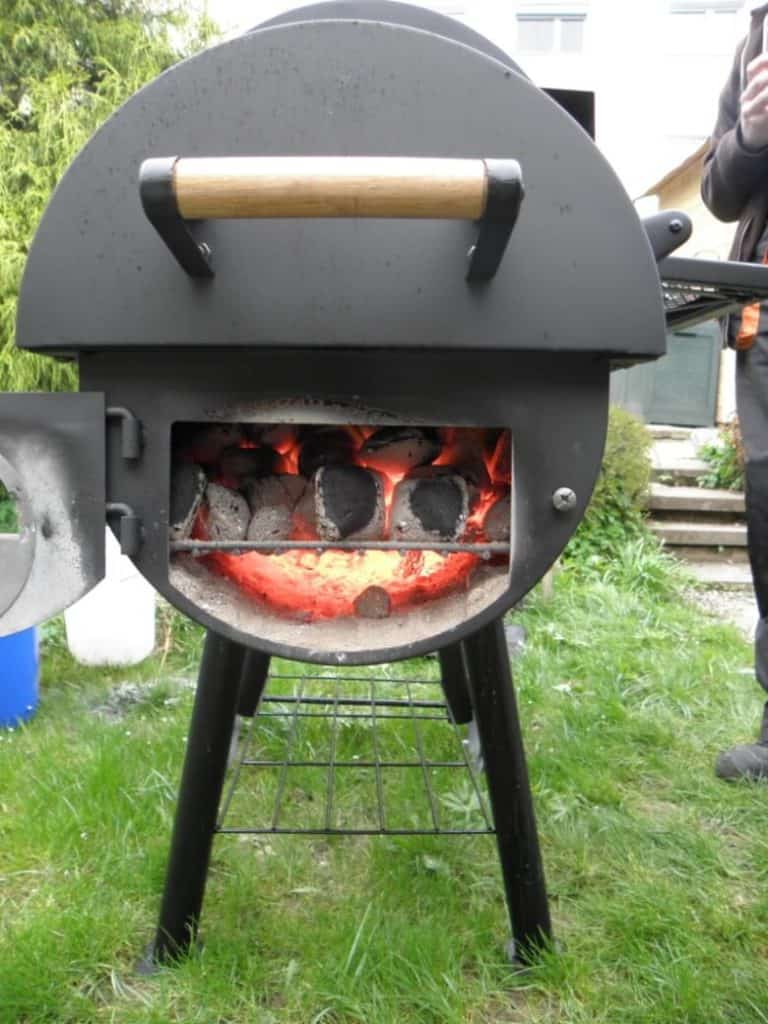
Barrel Smokers
Barrel smokers are simple smokers, normally made from steel. The cooking chamber is barrel-shaped and tall or long – vertical or horizontal. Have you ever wondered how to use a vertical smoker? Well, in a vertical barrel smoker, the smoke passes from the bottom of the barrel to the top. In a horizontal barrel smoker it passes from one side to the other.
Bullet Smokers
Similar in shape to vertical barrel smokers, these little simple cylinder smokers normally have a charcoal pan at the bottom with a water pan just above. The vapour from the water helps to keep food moist, while the smoke does all the flavoring.
Offset Smokers
Offset smokers are the main type of smoker. The ‘offset’ refers to the placement of the smoker box – set to the side. The fuel is burned in the side smoker box, before being passed through into the main chamber. There, the smoke flavors and cooks the food. Then it passes out through the chimney or ‘flue.’
Reverse Flow Smokers
Now we’re getting to the clever stuff. This ingenious method of smoking draws the smoke from the firebox from one end to the other, then reverses the flow. This causes the food to be twice-smoked, giving it an even deeper flavor and tender texture.
Different Types of Fuel Sources
Wood Smokers
Wood smokers are so old school, they’re one notch above cooking over a campfire. But do you know how to use a wood smoker? Wood is burned in a compartment to the side of the smoker and the smoky, woody flavor passes over the food. Different types of wood are used – typically maple, hickory, pecan and oak. Each of these come in different shapes and sizes, like logs and pellets.
Charcoal Smokers
Most smokers burn charcoal to heat the wood. This is what creates the smoke. Lump charcoal or briquettes can be used. You can also smoke food on a regular charcoal grill or hybrid grill. To do this, you need to create two cooking zones. One where the smoker box heats over the charcoal and another where the food is cooked low and slow by the smoke that passes through.
Electric Smokers
They’re getting more and more popular with modern pitmasters. And while traditionalists wouldn’t be caught dead using them, there are clear benefits to using an electric smoker. They’re a lot more affordable, safer and easier to use than a wood smoker or charcoal smoker.
Gas Smokers
Also known as propane smokers, gas smokers have similar benefits as electric smokers. Easy to use, nice and cheap and very safe. But, much like electric grills, they’ll be mocked by old school pitmasters who want to see some real fire and smoke.
Why Should You Smoke Food?
The Taste of Smoked Meat
First and foremost, for flavor. When you cook meat low and slow with an indirect heat, the fuel source gets deep into the meat. When you burn hardwoods such as cedar, cherry, maple, oak or hickory, natural chemicals are released.
Guaiacol and Syringol
Two of these chemicals within wood, guaiacol and syringol, are the essence of that smoky character. Guaiacol is more about the typical smoky BBQ taste. Syringol is that exhilarating aroma best described as ‘fire and smoke.’ They’re like two little flavor angels sent by the taste gods to dance on your tastebuds.
The Maillard Reaction
There’s another magical process called the ‘Maillard reaction.’ Named after Louis Camille Maillard – a French physician, chemist and owner of an incredible handlebar mustache – it’s a complex chain of events at a molecular level. Basically, the heat causes amino acids and sugars to break down.
The result? Well, imagine the crunchy brown ‘bark’ on a 16-hour smoked beef brisket. That ‘bark’, is the perfect example of the Maillard reaction.
The Texture of Smoked Meat
So, how does smoking meat affect the texture? Well, when you cook meat low and slow instead of hot and fast, the molecules in the meat and fat react in a completely different way.
Melting Collagen
Lots of the best cuts of meat – from briskets and chucks to shoulders and ribs – have connective tissue, or ‘collagen.’ When collagen is cooked quickly on a high heat, you end up with a chewy, inedible texture. Imagine chomping on a rubber band. Not good.
When cooked slowly over a long period of time, collagen breaks down. It acts like the richest, tastiest butter you can imagine, sinking into the meat as it cooks. This keeps it nice and moist.
Now imagine that incredible butter soaking into the meat over hours and hours. You end up with a texture that has to be tasted to be believed.
Triglycerides
The actual fat of the meat, known as triglycerides, has very high melting points. When you smoke meat, these fatty acids melt. This also helps to keep the meat from drying out and gives it an amazing tenderness.
What Is the Best Food to Cook in a Smoker?
So, you want to get those taste buds going? When it comes to smoking food, there are lots of options. Let’s start with the showstoppers – the simple classics that’ll knock you sideways. Then, we’ll move on to the lesser known foods that people don’t often go for, but still taste amazing.
Beef Brisket
The undisputed king of smoked meats. Brisket is perfect when smoked low and slow. A big layer of fat and lots of collagen help tenderize the meat and soak up that amazing smoky flavor.
Beef Ribs
Another great cut of meat, prime ribs are pure heaven when smoked. Lots of collagen gives you a texture to die for. Ribs are a little more tricky to get right, so save this for later on, when you’re getting the hang of things.
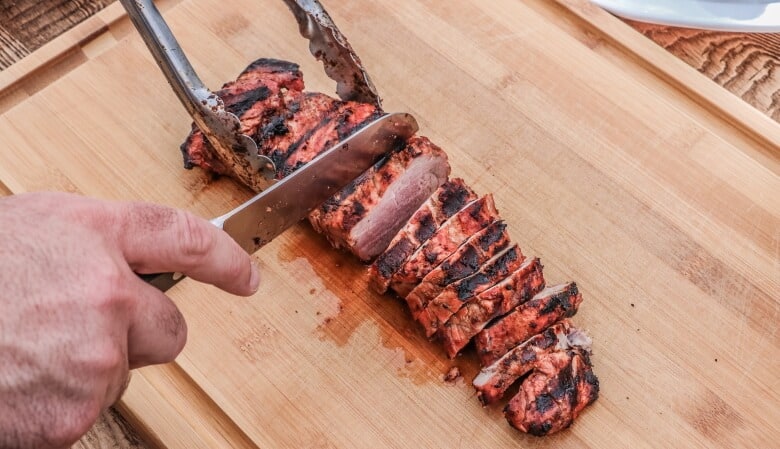
Lamb Shoulder
Another high fat meat, smoked lamb shoulder has got a unique taste. Get it right and you’ll be in absolute heaven.
Pork Shoulder
We’re talking smoked pulled pork here. Smoking a pork shoulder, or ‘pork butt’ as it’s sometimes known, is the best way to get unbelievable pulled pork. It’s chock full of collagen and fat for a full on flavor and melt-in-your-mouth texture. It’s also pretty easy to manage. So, if you’re smoking for the first time, this could be your best bet.
Chicken or Turkey
Smoking poultry is simple. Season the whole bird and let the smoker do the rest. If you’re using wood, go for a light tasting type like hickory – other wood types can be overpowering. If you’re wondering how to spruce up your Christmas turkey, look no further!
Fish
Smoking fish has got its own charm. If you’re after a lighter taste and want a break from meat, fish could be the answer. Think meaty, fatty fish like salmon or sea bass. If you’re using wood chips, keep it light and mellow, and go for something like cedar.
Vegetables
It’s not all about the meat! If you want to get creative, you can produce some incredible-tasting vegetables with your smoker. And why wouldn’t you? Owning a smoker is about trying to get lots of different tastes and textures. So, smoke up some of these and prepare your taste buds for some sensational flavors.
Artichokes
Steam them first – otherwise they’ll dry out. When smoked, you’ll have the perfect juicy, tender, flavorful side dish.
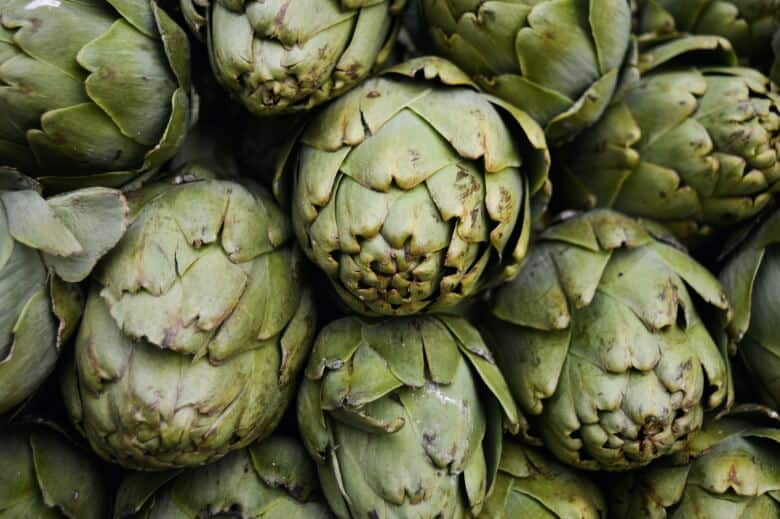
Potatoes
Maybe you’ve tried baking potatoes at the bottom of a BBQ. Well, when smoked, they taste out of this world. You can even try sweet potatoes, particularly around the holidays, for a sweet smoky treat.
Portobello Mushrooms
Like little flavor sponges, portobello mushrooms are amazing when smoked. Add plenty of seasoning before you put them in the smoker and you’ll be amazed at the flavor you can get.
Tomatoes
Smoky charred tomatoes have a very deep, rich flavor and make the perfect addition to salads.
What Are the Main Challenges When Using a Smoker?
Starting the Fire
Getting the fire going is the first big challenge. Never use lighter fluid! Instead, invest in a quality chimney starter to get your charcoal going.
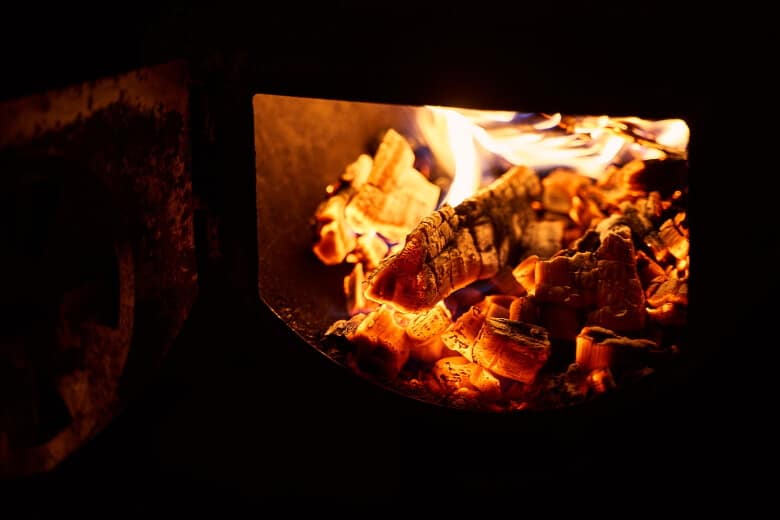
Temperature Control
Getting a good smoke is all about maintaining a low, consistent temperature. This is probably the biggest challenge of the smoking process. Using a good smoker thermometer is a must. You’ll be able to change the temperature with side vents and opening and closing the chimney.
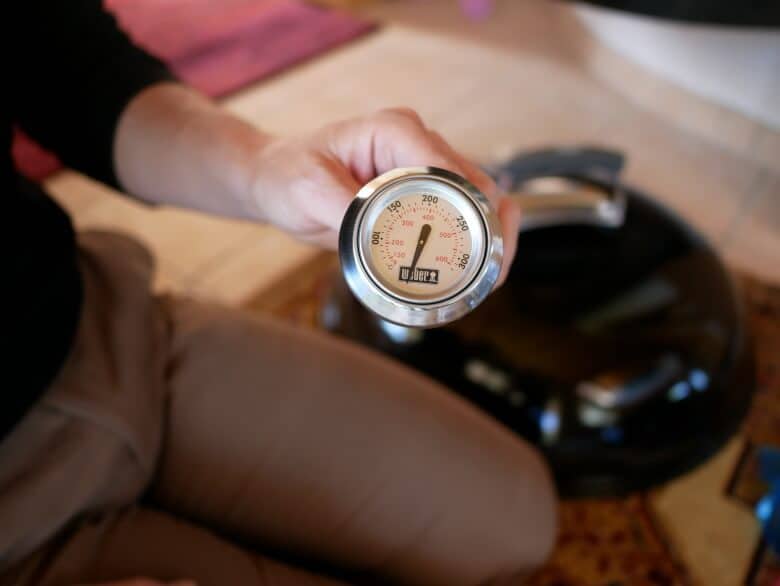
The big challenge is not panicking when the heat is on. Sharp rises in temperature can be worrying. But stay calm and try not to over-compensate. Make small adjustments until you get the temperature where you want it.
And try not to open the lid!
Heating Indirectly
This one applies mainly to those converting their grill into a smoker. Understand the whole two-zone smoking process. This is where one side of the grill is hot and is producing direct or ‘radiant’ heat. The other side, meanwhile, produces no heat, but instead is heated by the radiant side. This is indirect or ‘convection’ heat.
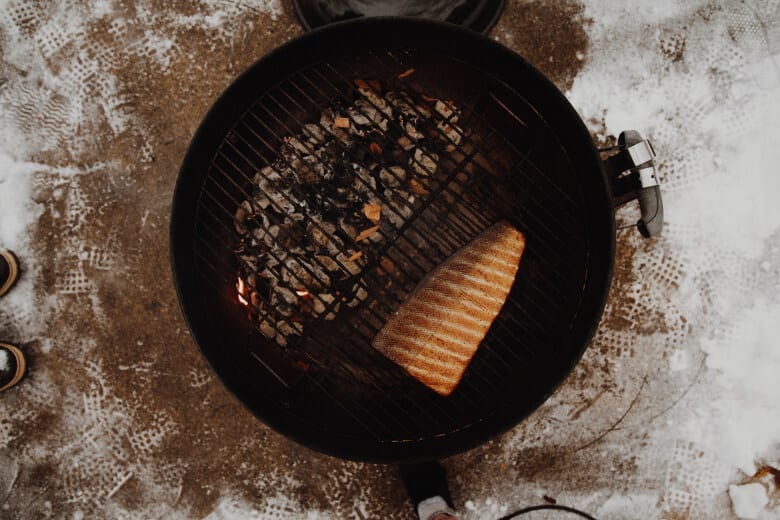
When you smoke meat, it’s with indirect heat. So, you’ll be heating the wood directly over the coals, while the smoke passes by the meat. If you get it wrong, you’ll end up with dry meat or, worse, uncooked meat.
The Weather
This one surprises a lot of people. Everyone’s smoking experience is different – whether you’re a pitmaster in Pittsburgh or a grillsmith in Greece. If it’s cold outside, make sure your grill is sheltered, be sure to keep the lid closed and consider investing in a smoker jacket (not the Hugh Heffner kind, the BBQ kind!), which will insulate your smoker as it does its thing. Some insulation tape will also come in handy.
Keeping the Smoke Under Control
When it comes to smoking meat, the old adage ‘less is more’ is very true. Exposing your lovely cut of meat to a chamber chock-full of smoke is not going to produce melt-in-your-mouth subtly smoky meat.
Choosing the Right Wood
Matching your wood with your food is really important. We’ll cover that in more detail later, as it’s crucial to get it right and make sure the wood flavors don’t overpower your choice of meat.
Following Food Safety Guidelines
Of all the challenges, this is the most important to get right. With so many technical things to think about, it can be easy to overlook basic food safety. But washing hands, avoiding cross contamination and thoroughly cooking your meat are all crucial steps, especially when cooking for others.
Not Getting Too Merry!
Ok, so we’ve all done it. It’s hard not to get swept up in the experience of using a smoker. Six beers later and you’re slurring your speech, repeating your stories and forgetting all about your pitmaster duties.
Keep a clear head, especially when you’re finding your feet. Once you master the basics and get to know your smoker, feel free to let go a little!
How to Use a Smoker?
Know Your Meat
Selecting, prepping and seasoning your meat is the first step to a solid smoke. For some cuts of meat, you’ll need to remove some fat or membrane. Ribs, for instance.
The rub is all important. This is going to make sure you end up with a divine flavor and tender texture. Marinate up to a day in advance and you’ll end up with amazing tasting meat.
Different cuts of meat are going to react differently when using a smoker. Lean meats and fatty meats will need different treatment – fatty meat can be cooked for a lot longer on a lower heat, while lean meat tends to be better when cooked hotter and faster. The more you know about the fat content, texture and coloring of your meat, the better.
If you’re a beginner, start with something simple like pork shoulder. You’ll be able to get super succulent meat without too much of a challenge.
Know Your Charcoal
The best kind is lump. It’s more natural and will produce a better flavor. Briquettes can be easier to deal with, but they often come with added chemicals. So, if you’re going to go with briquettes, go for a quality type.
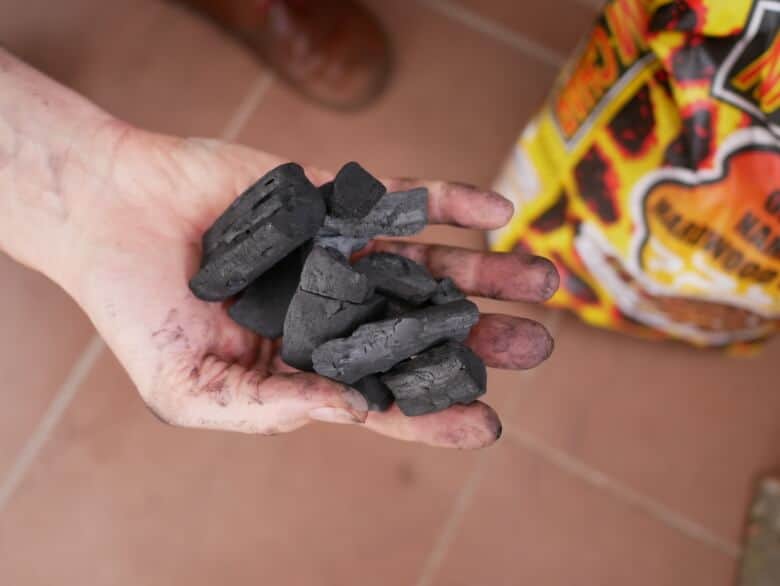
Don’t forget to get hold of a good chimney smoker to get those coals going.
Know Your Wood
Different types of wood will produce a different aroma and flavor for your food. So, it’s important to get a good match. A nice subtle smokiness of mesquite is perfect for poultry and fish, while something with a stronger flavor, like maple, is better for beef and pork.
Prepare Your Smoker
First of all, make sure your smoker is in a good position. If you’re in a windy climate, keep it in a sheltered place. Also, make sure you’ve got enough space to work.
If you’re using your smoker for the first time, you’ll need to cure it. This means starting a fire in the firebox to ‘break it in.’ This will remove any contaminants and make sure your smoker is ready to roll.
If you’re using your grill as a smoker, you’ll need to set up two cooking zones. One is for heating the wood (directly over the coals) and the other is for the meat to be cooked and flavored by the smoke from the wood.
Make sure your smoker thermometer is in place. Also, if you’re using one, make sure your water pan is filled and in place. I recommend using one – a water smoker is great for keeping a stable temperature and creating a moist cooking environment, which will make your meat incredibly tender.
How to Start a Smoker With Charcoal?
Fill the chimney smoker with charcoal. Use a grill lighter to light the charcoal from the bottom of the chimney smoker. After about 15 minutes, they’ll be ready to go. Open the baffles and the chimney, then add the charcoal to one side of the firebox.
Then place some wood on the nearest side (logs are better – aim for the size of a drinks can). The idea here is to dry the logs out, so don’t place them directly on top of the coals. After a few minutes, move the logs on top of the coal. Now add more logs to dry out on the side, and move them onto the flames when dry.
Check your thermometer. Once your smoker gets to the right temperature (around 225°F to 250°F for most low and slow smokes) you’ll be ready to add your meat.
Start Smoking
Once your meat is in and smoking away, you’ll need to adjust the intake baffle. If you’ve ever wondered how to regulate temperature in a smoker, the intake baffle is key. It’ll need to be between half open and completely closed, depending on the ambient temperature. So, this is where your pitmaster skills come into play.
As your meat smokes away, you’ll also need to adjust your chimney vent. This controls the smoke in the chamber. Again, you’ll need to be keeping an eye on your smoke thermometer to make sure you’re keeping a consistent temperature.
Check the smoke coming out of the chimney every once in a while. If it’s white for a long period of time, things aren’t right. You might have a problem in the firebox, like too much wood.
How to Increase Heat in a Smoker?
You’ll need to refill the firebox every 45 minutes or so. Move the log that’s drying on one side of the firebox on top of the coals. Then place a new one in the box to dry out. Keep repeating every time you add a new piece of wood.
You’ll also increase the heat by reducing the airflow. Closing the intake baffle and the chimney vent will do this. Don’t overshoot. Subtlety is key when raising and lowering the temperature.
Cooking Times
Using a smoker to smoke meat can take anything from 4-10 hours, depending on a lot of factors. The type of wood, the type of charcoal, the outside temperature and the inside temperature all come into play. Remember… leave the lid closed and try to let the meat do its thing!
The most important thing is to know when your meat is safe to heat. Use a quality BBQ temperature controller and you’ll be in safe hands. The best temperature controllers have amazing precision and even their own in-built apps, giving you total control over the whole process. These gizmos tell you exactly what temperature your meat should be.
If you’re cooking chicken, it’ll be done at 165°F. You might want to smoke it for longer to get that really tender meat. Collagen melts into gelatin at around 180°F, which will produce that melt-in-the-mouth texture. So something like chicken legs will only taste better the longer you keep it in the smoker.
For the king of smoking meat cuts, the brisket, aim for 195°F or 200°F. It’ll taste out of this world.
Pork will be done at a temperature of 195-205°F.
Serve and Enjoy!
Once your meat is perfectly smoked, let it rest for a few minutes. Resting is an important part of the cooking process and will make your smoked meat even more delicious.
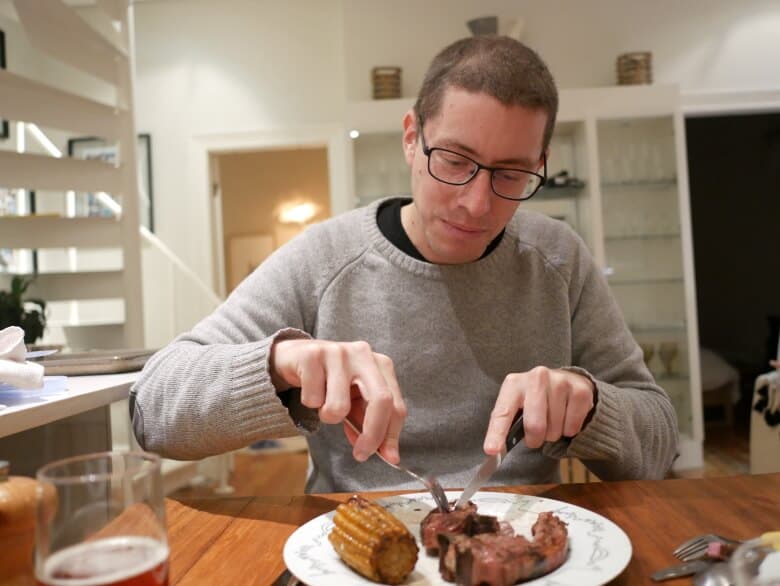
After your meat has rested, you’re ready to experience something special. I think you’ll agree… it’s totally worth the wait!
Clean Up Time
As tempting as it might seem to put your feet up and bask in the glory of an amazing food experience, don’t wait too long to clean up. Dealing with a dirty smoker days later is not fun.
You’ll need to clean out the ash from your smoker after each use. Leaving ash in the pan can cause rusting. Let the ashes cool, before removing with an ash pan into an airtight container.
Brush off the grates with a bristle brush and use a putty knife to scrape out any grease in the food chamber.
Once your smoker is nice and clean, it’ll be ready for the next round of smoking!
Conclusion
So, let’s wrap it up. Using a smoker doesn’t have to be a scary, complicated process. Take the first time as a practice run and learn from any mistakes.
Once you get the hang of lighting the charcoal, increasing the heat and maintaining the temperature of your smoker, you’ll be on your way to becoming a proper pitmaster.
Try different types of meat. Try different types of wood.
Remember… smoking is a science, but it’s also an art. So, keep practicing and pretty soon you’ll be able to get really creative.
You’ll be smoking up some masterpieces in no time!
